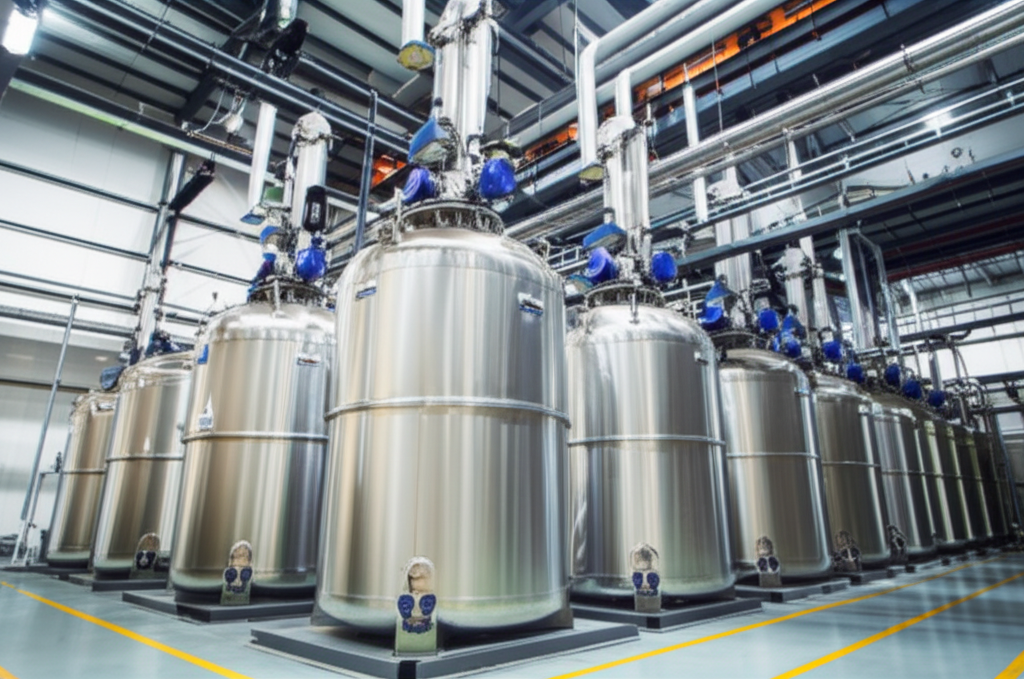Pyrogallol, also known as pyrogallic acid, is a significant organic compound with the chemical formula C6H6O3. Identified by its CAS Registry Number 87-66-1, this substance is a trihydroxybenzene, structurally related to phenol. It is typically presented as a white, glossy, crystalline powder, renowned for its solubility in various solvents, including water, ethanol, and ether. Its distinct chemical properties make it indispensable across a wide spectrum of industrial processes.
As a versatile raw material, Pyrogallol serves numerous critical functions. One of its primary roles is as an effective polymerization inhibitor. In many chemical synthesis processes, particularly those involving monomers prone to unwanted polymerization during storage or handling, Pyrogallol acts to prevent premature reactions, thereby stabilizing the materials and ensuring the integrity of the final product. This inhibitory action is crucial for maintaining product quality and safety in industries dealing with reactive compounds.
Beyond its use as an inhibitor, Pyrogallol is highly valued as a chemical reagent. Its reactive nature allows it to participate in various chemical transformations. It is widely employed in synthesis, acting as a building block for more complex molecules or as a catalyst or auxiliary in specific reactions. Its applications extend to the realm of analytical chemistry, where it is utilized for the detection or determination of various substances, including gases like oxygen and metals such as antimony, bismuth, cerium, iron, molybdenum, tantalum, and niobium.
The utility of Pyrogallol is also prominently displayed in the textile industry. Here, it functions as a crucial auxiliary agent in processes like printing and dyeing. Its properties contribute to achieving desired colorfastness and uniform dyeing outcomes on various fabrics. Furthermore, it finds use in pre-treatment and post-processing stages, enhancing the overall quality and finish of textile products.

Historically and currently, Pyrogallol holds importance in photography as a developing agent. Its ability to reduce silver halides makes it effective in the chemical processes involved in developing photographic films and papers. While modern photography has evolved, Pyrogallol retains its place in certain traditional or specialized photographic techniques.
Other notable applications include its use in food preservation, leveraging its antioxidant properties, and within the light industry daily chemical sector. It plays a part in the manufacturing processes for color printing plates and in the sophisticated requirements of the microelectronics industry.
Pyrogallol is available in different grades to suit varying technical requirements. Common grades include Industrial Grade, Chemically Pure (CP), and Analytical Reagent (AR). These grades are differentiated by their purity levels and compliance with specific standards, such as national industry standards or chemical reagent standards from various regions. Typical specifications involve minimum content percentages (often ≥99.0% for industrial grade, higher for CP and AR), water solubility (usually clear and transparent solution), melting point (typically within 131-135ºC range), and limits on impurities like residue on ignition, chloride, sulfate, and heavy metals.
Proper storage of Pyrogallol is essential due to its reactivity. It should be stored in a cool, dry, and well-ventilated area, away from incompatible materials. Packaging typically involves standard industrial bags, such as 25kg bags, or can be customized according to specific customer requests.
For those seeking to buy Pyrogallol or procure Pyrogallic Acid for their industrial needs, sourcing from a reliable manufacturer or supplier is paramount. Quality assurance measures, such as adherence to international standards and availability of documentation like Certificate of Analysis (COA), Technical Data Sheet (TDS), and Material Safety Data Sheet (MSDS), are indicators of a trustworthy supplier. Enquiring about the price per kilogram or per package is a standard step in the procurement process. The minimum order quantity (MOQ) is often a standard package size, but sample requests are usually possible for evaluation purposes. When considering a purchase, factors like production capacity, export experience, and logistical capabilities of the supplier or manufacturer are important. NINGBO INNO PHARMCHEM CO.,LTD. is a source for high-quality chemical raw materials like Pyrogallol, facilitating access to this essential compound for diverse global industries. Collaborating with experienced providers helps ensure timely delivery and consistent product quality for all application requirements.
Authored by NINGBO INNO PHARMCHEM CO.,LTD.
Manufacturing Facilities






Professional Export Experience
to Global Customers

1. 20 years of R&D, manufacturing and sales experience, serving customers in 60 countries and regions around the world;
2. Own R&D laboratory, pilot platform and large-scale production workshop, which can meet the audit requirements of global customers;
3. We can satisfy customers' perfect transition from small scale lab requirements (gram level) to commercialization requirements (hundred tons level).
A: We don't have Minimum Order Quantity, exact quantity should be provided before quotation for us to calculate the exact cost.
A: We don't provide free samples due to lots of request and expensive international courier's cost, we can deduct the sample charge after commercial order placed.
A: Our payment terms: Small or sample order: T/T IN ADVANCE. Commercial order: First order should be by T/T IN ADVANCE or L/C at sight, and following orders T/T 30~90days is acceptable subject to approval of credit application.